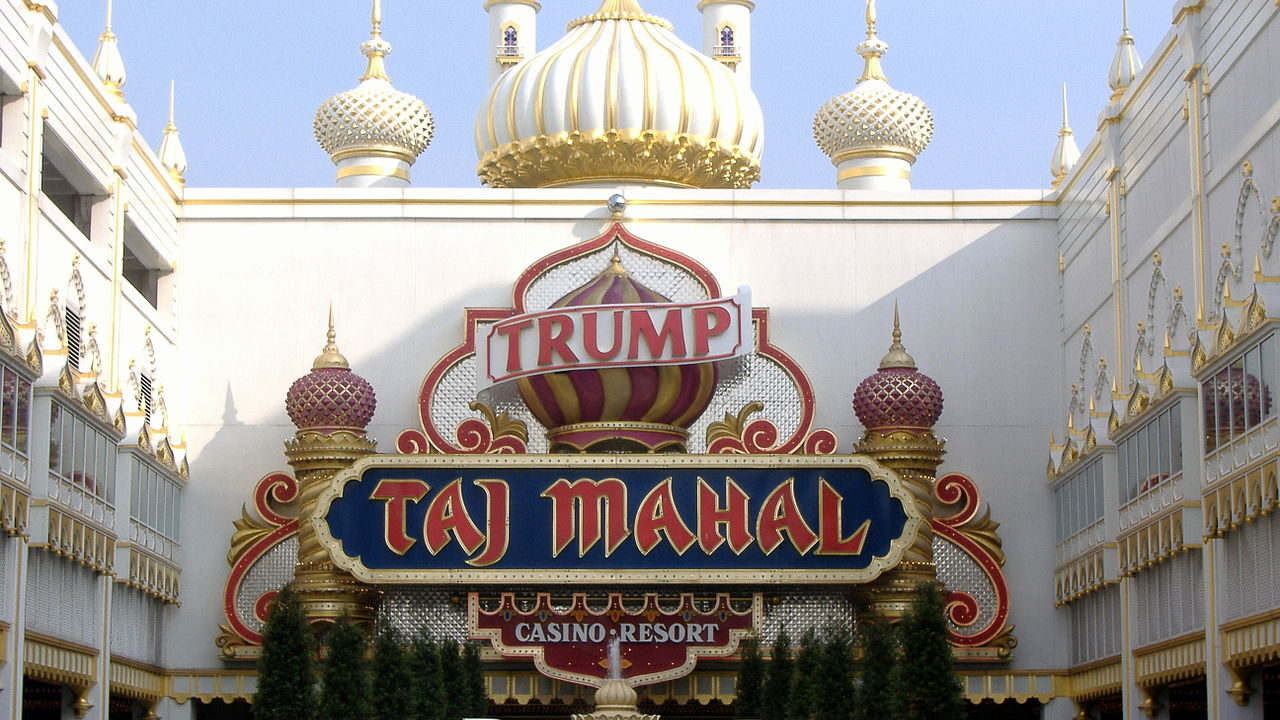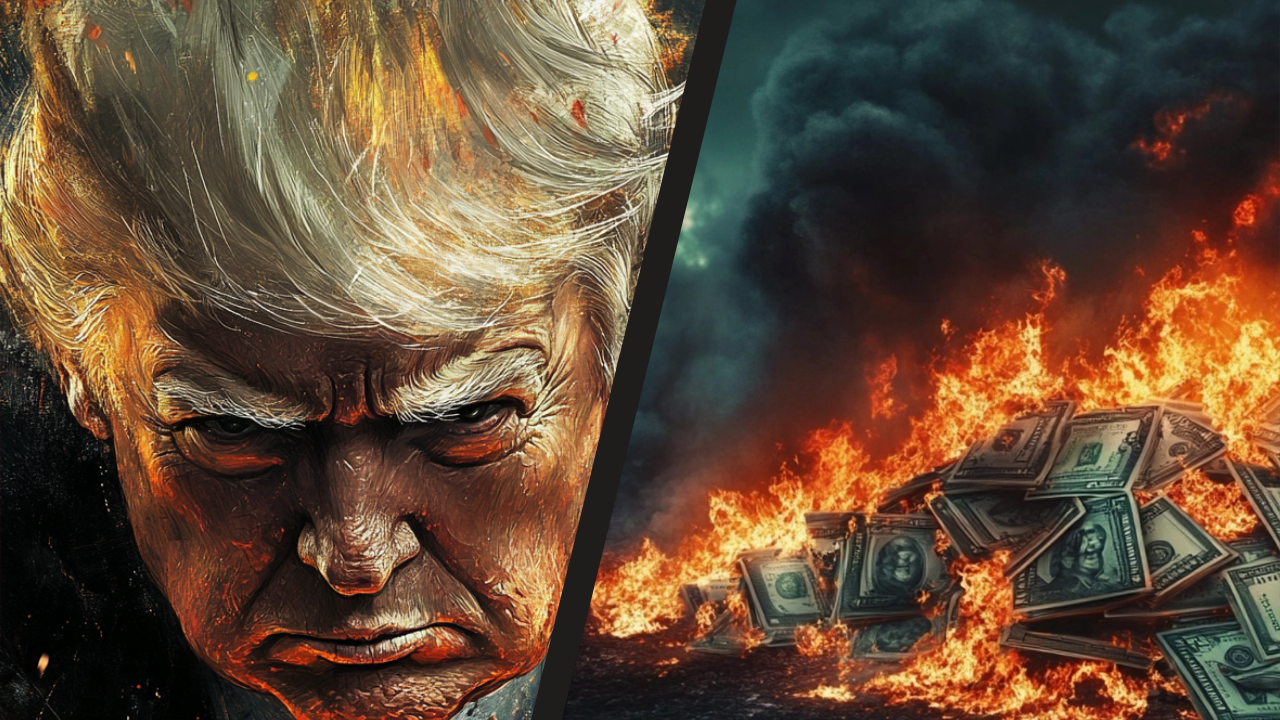Donald Trump built his public persona on the image of a successful billionaire and dealmaker. His name became synonymous with luxury, power, and real estate success — from towering skyscrapers to glitzy casinos. However, behind the gold-plated branding lies a series of high-profile business failures, bankruptcies, and flops that raise questions about the reality behind the myth.
Here are five of Donald Trump’s most infamous business failures — and what they reveal about risk, branding, and overreach.
1. Trump Taj Mahal – The “Eighth Wonder” That Went Bankrupt
Launched in 1990 as the crown jewel of Trump’s Atlantic City casino empire, the Trump Taj Mahal was once billed as the “eighth wonder of the world.” The casino cost nearly $1 billion to build — financed largely by junk bonds and heavy debt.
Within just one year, the Taj Mahal filed for bankruptcy. Despite several restructuring efforts and ownership changes, it ultimately closed in 2016. Trump’s Atlantic City ventures, including the Trump Plaza and Trump Marina, also failed, resulting in multiple corporate bankruptcies and the loss of investor money — though Trump often personally walked away with minimal losses due to strategic use of debt and licensing.

2. Trump University – A “Fake School” That Ended in a $25 Million Settlement
Marketed as a way to learn Trump’s real estate secrets, Trump University operated from 2005 to 2010 and charged students up to $35,000 for seminars and mentorships. But instead of delivering elite insider knowledge, students alleged the program was misleading, unaccredited, and largely worthless.
In 2016, Trump settled three lawsuits (including one filed by the State of New York) for $25 million — without admitting wrongdoing. The case became a key talking point during his presidential campaign and remains a symbol of deceptive business practices.
3. Trump Airlines – A Luxury Gamble That Never Took Off
In 1989, Trump purchased Eastern Air Shuttle and rebranded it as Trump Shuttle, aiming to bring luxury to short-haul flights between cities like New York, Boston, and Washington, D.C. The plan? Leather seats, gold fixtures, and high-end service.
The reality? Business travelers cared more about efficiency and affordability than golden sinks. Saddled with debt and unable to turn a profit, Trump defaulted on his loans within three years. The airline was eventually taken over by creditors and merged into US Airways.
4. Trump Steaks – Sizzle Without the Steak
Launched in 2007 through The Sharper Image and QVC, Trump Steaks were marketed as premium cuts of beef with luxury pricing — a $999 package, for example. But high prices and bizarre branding failed to win over consumers.
The steaks were pulled from stores within two months. Even Sharper Image’s CEO later admitted, “We literally sold almost no steaks.” The venture became an internet punchline and a classic example of a brand extension gone wrong.
5. Trump Vodka – “Success Distilled,” Until It Wasn’t
Trump Vodka debuted in 2006 with the tagline “Success Distilled.” Trump, a teetotaler himself, had grand ambitions to outsell Grey Goose and dominate the premium vodka market.
But despite a flashy launch, the brand never took off. Distribution problems, lack of authenticity, and poor sales doomed the product, which was discontinued in the U.S. just a few years later. Today, Trump Vodka is mostly remembered as a flashy misfire — and another licensing deal that fizzled out.
Final Thoughts: Branding Over Business?
While Donald Trump has undeniably profited from real estate and licensing his name, these failures reveal a recurring pattern: overpromising, overleveraging, and relying heavily on brand rather than business fundamentals. In many of these ventures, Trump’s strategy focused more on publicity and perception than sustainable success — sometimes at the expense of investors, employees, and consumers.
The Trump brand remains one of the most recognized in the world, but its legacy is as much about cautionary tales as it is about commercial triumph.
